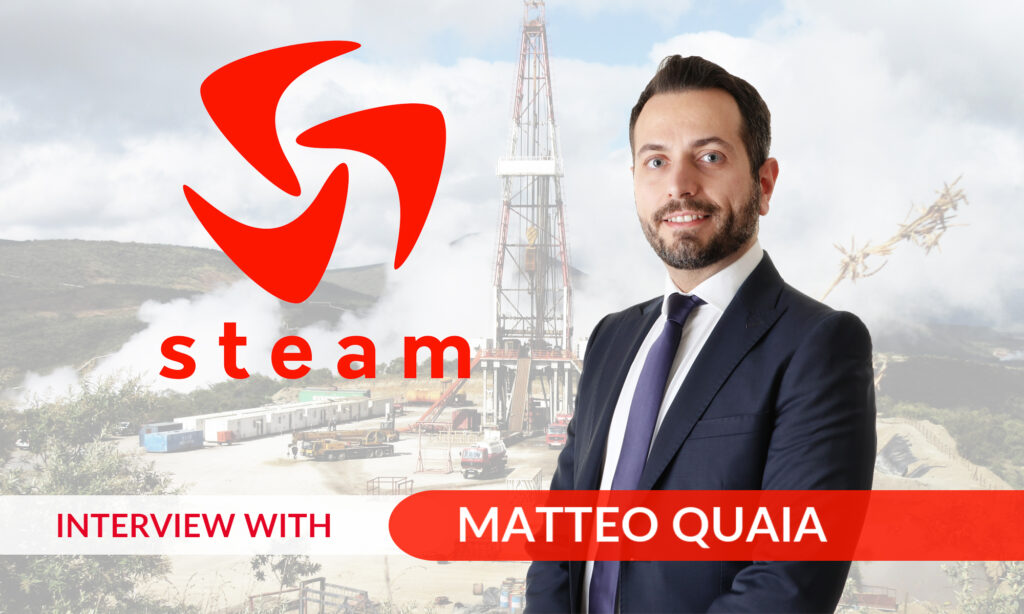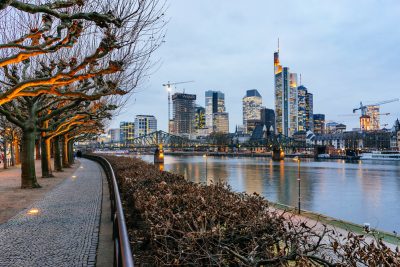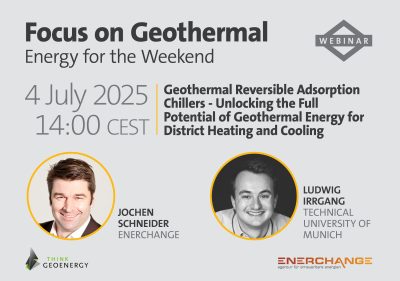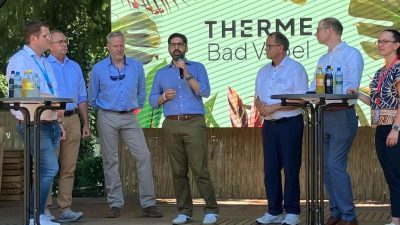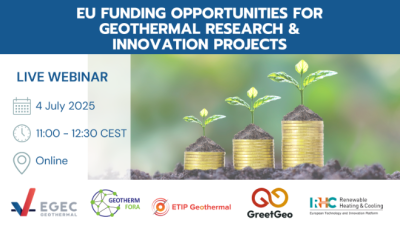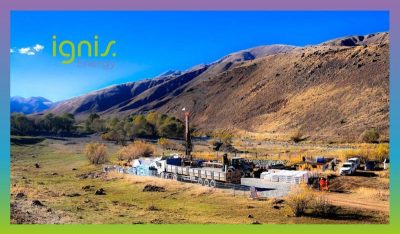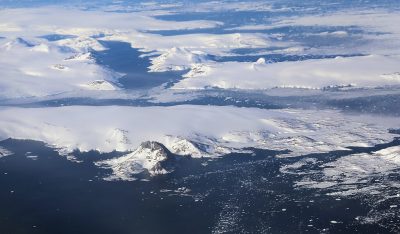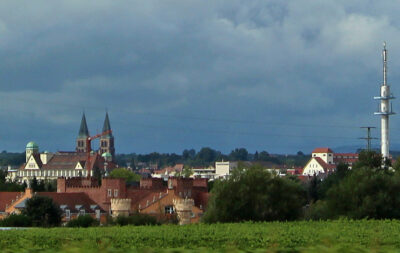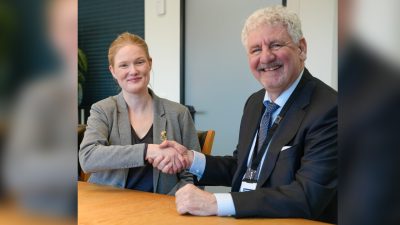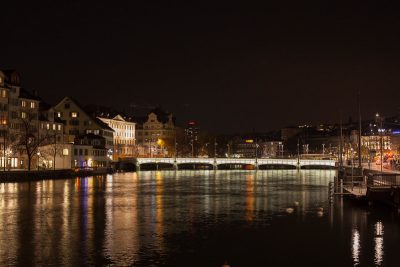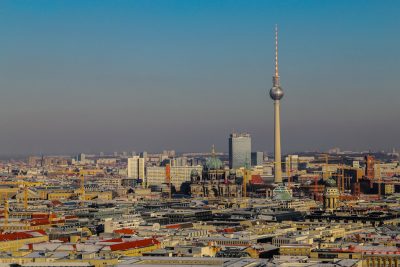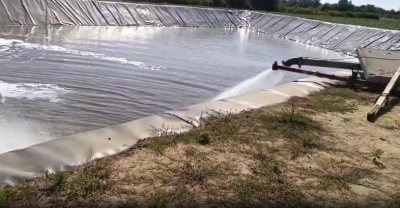Interview – How STEAM provides value at every step of geothermal development
In this interview, Matteo Quaia of Steam S.r.l. discusses the company's rebranding, expertise, and experience in providing end-to-end geothermal solutions.
Italian engineering firm Steam S.r.l. has offered geothermal services since its incorporation in 1987. 35 years later, it has evolved into a dedicated geothermal consultancy, partnering with key geothermal organizations, developers, and policymakers across Europe, Africa, Asia, and Central and South America.
Known for providing “end-to-end” geothermal solutions ranging from exploration and licensing to operations and management, Steam recently made the strategic decision to update its branding to reflect its past development and future direction as a company.
We had a conversation with Matteo Quaia, Steam’s CEO, on the company’s metamorphosis, their current projects, and his perspective on the future of geothermal at a global level.
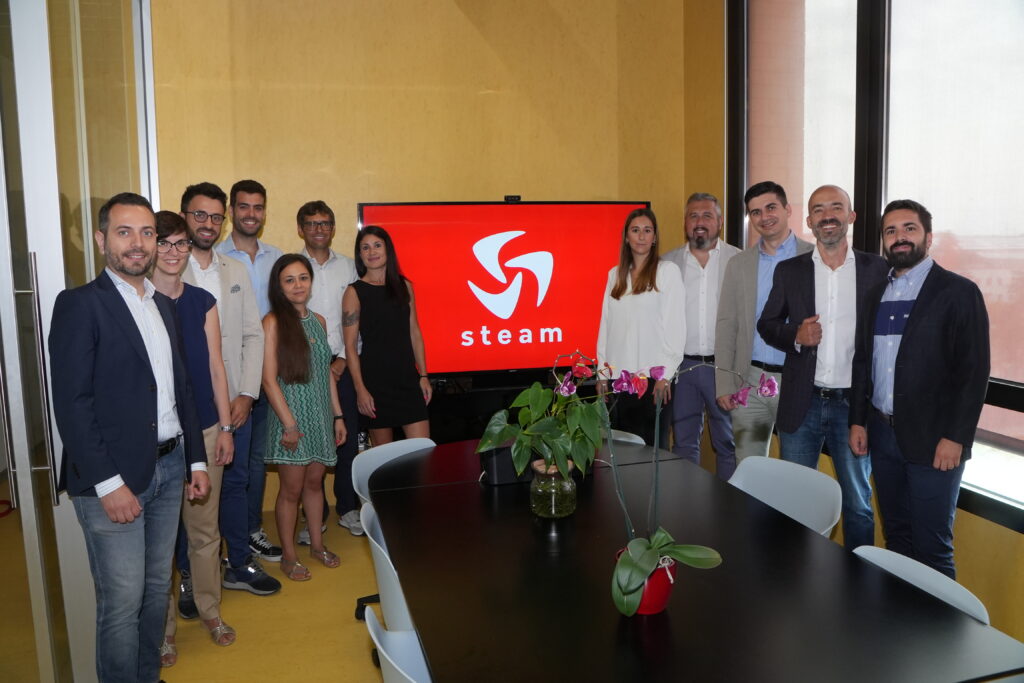
STEAM has recently undergone a rebranding with a new logo and image. What was the motivation behind this rebranding and how does it reflect the focus of the company moving forward?
In the ‘80s and ‘90s, Steam’s geothermal work focused on project development and operations, largely centered on process and environmental services. Over the years, however, we expanded our expertise to offer upstream services like geology, geophysics, geochemistry, and reservoir engineering, and downstream elements like multidisciplinary engineering and drilling.
We grew aware over the years that these changes, including recent changes in our shareholder base and management, had created a disconnect between our value as a business and our branding. So, we decided to fix that.
Our rebranding journey helped us talk about the foundations we laid in those first 35 years, who Steam is today, and where we want to go. It led us to clear everything off the table and start again from the most basic building blocks of company purpose: values. Not in an ethical or moral sense, though there is some of that, but concrete “things that we value”, the reasons why we love doing what we do, the words that have deep meaning for our company. They are Energy, Care and the Natural World, and our original passion: Geothermal.
We then created a mood board that matched the feelings these values create in us, and from the mood board we identified our color palette. The two central colors are “Lava”, a unique, almost tropical red-orange representing the heat of geothermal energy, and “Desert Sage”, a soft, resilient and unassuming light green that recalls our dedication to preserving natural environments.
Our new logo itself embodies both the source of geothermal energy and the equipment that harnesses it. It calls to mind both the natural energy of a column of steam swirling up from a geyser and the rotating energy of the steam turbine. These ideas are rendered in such a way that there evolved in the logo a sort “blooming flower,” a manifestation of the logo coming to life. Everyone in Steam feels a deep sense of connection with the earth’s energy and we wanted that to come out in our branding. I think we succeeded.
What is the current area of expertise of STEAM? What are the challenges of the geothermal industry that STEAM is uniquely positioned to address?
We are a partner to our clients, offering comprehensive guidance throughout the geothermal project lifecycle. But that’s not our only differentiating claim: we talk a lot about our team, a fusion of dynamic young engineers and seasoned geothermal veterans, some of whom have connections to the original geothermal power plant at Larderello. Due to our team’s size, makeup, and experience, we can offer a vertically integrated approach while maintaining flexibility and responsiveness to our clients’ needs.
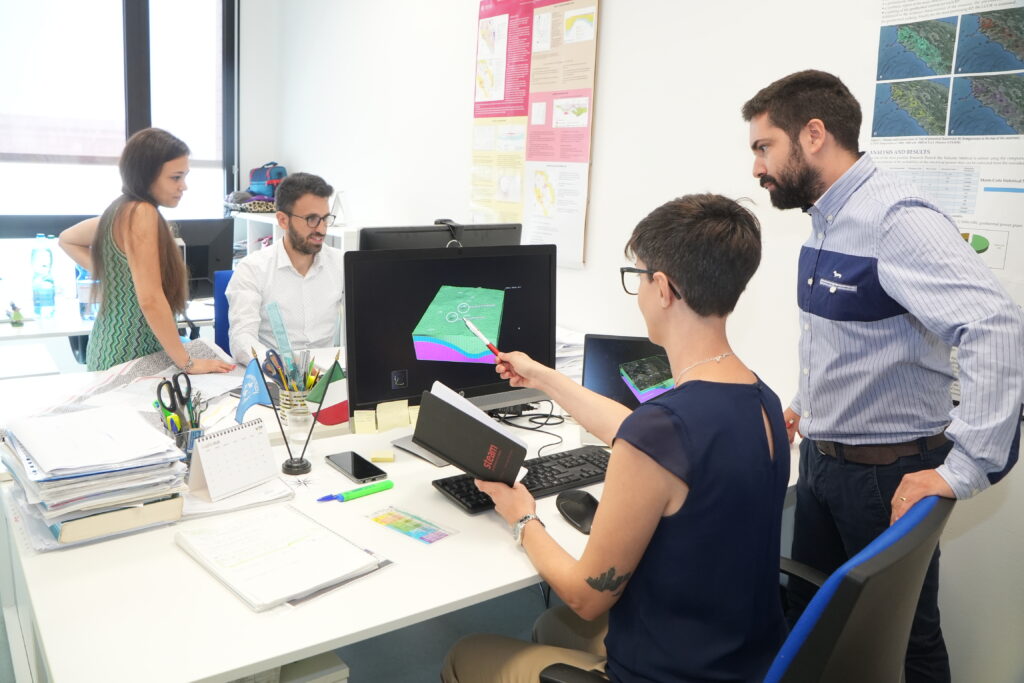
Geothermal projects often grapple with regulatory obstacles and community opposition, and social acceptance and permitting constitute a significant challenge. With almost four decades of experience in helping clients navigate political and social barriers, we are effective in streamlining private project approvals to facilitate earlier drilling start dates.
We also support our clients’ in ensuring their projects are economically competitive in a rapidly developing renewables landscape. But maybe most importantly, we’re known for meticulous planning and execution where potential risks are identified early and immediately mitigated. This is the playbook for successful geothermal development, and we live it every day.
Can you tell us more about the recently completed and ongoing projects of STEAM that highlight the company’s capabilities?
In Italy, we enjoy a reputation as the geothermal power plant leader in the early-stage resource evaluation, environmental assessment, and permitting procedures. We’re building on that foundation with recent and ongoing Owner’s Engineering of several projects in Kenya, Nicaragua, the Philippines, Iceland, and Japan.
Kenya is Africa’s leading geothermal country and we’ve been there since 2015. We acted as Owner’s Engineer for the Olkaria V 160 MW plant development, and currently we are working on upgrading Olkaria I, Units 1, 2, and 3 from 45 to 60 MW. Other projects include the Menengai I 35 MW power plant, and we just kicked off both Olkaria I, Units 4 and 5, and Olkaria IV, Units 1 and 2, which we are upgrading from 280 to 320 MW. At the same time, we are elated to be heavily involved in feasibility studies for mineral extraction from geothermal brines.
Beyond Africa, we’re excited about bringing our experiences in Owner’s Engineering projects to Japan and the South Pacific, Iceland, and the Americas. We’re working to provide these regions a holistic geothermal consultancy that combines our expertise in geochemistry, resource assessment, and engineering.
Our approach focuses primarily on constructing a detailed profile for the geothermal resource itself: the more you know, the better your return on investment. These profiles allow us to provide tailored recommendations to support the business case, to create industry-leading design concepts for the most efficient and productive geothermal power plants, and, finally, to ensure project stakeholders a smooth delivery during the detailed engineering design phase. We also support our customers in the construction phase, most recently in Nicaragua and the Philippines, and we are conducting preliminary resource assessment studies in Djibouti and Mozambique.
We’ve also seen a growing interest in how we combine our geochemical consultancy with custom brine pH modification systems to help our customers scale their operations.
What role do you envision STEAM will be playing in accelerating the deployment of geothermal globally?
Cooperation is key for geothermal development. Steam contributes by actively engaging in Italian and European industry associations while also creating and hosting knowledge sharing programs in developing countries.
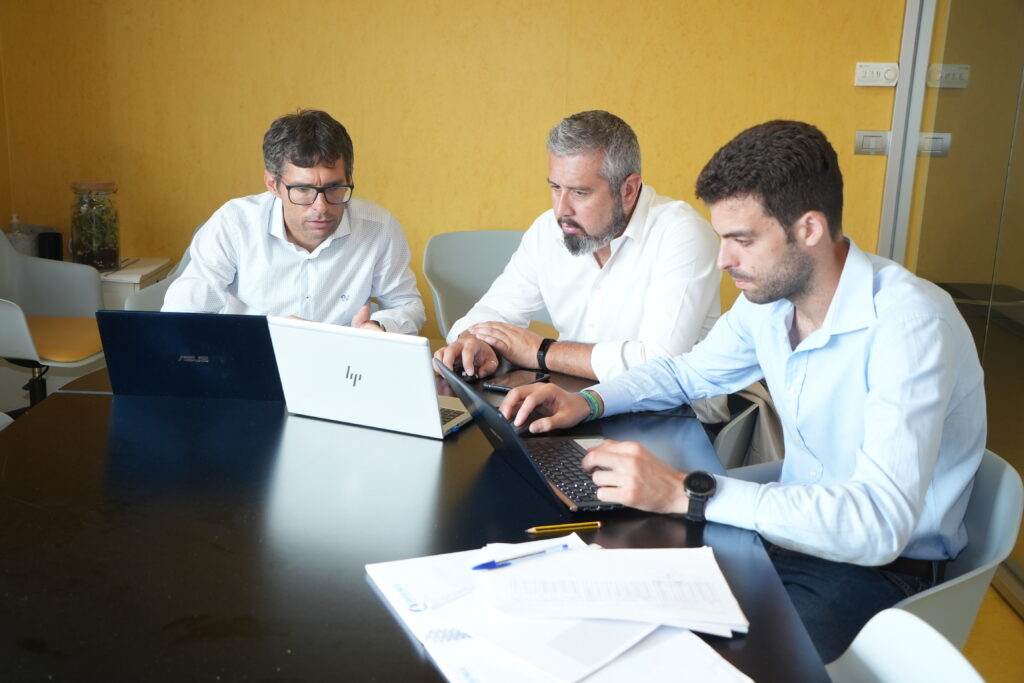
We proud of our roots and we think that the knowledge base you can find in “mature” geothermal countries like Italy can help geothermal become a globally adopted energy solution, but we recognize that we have work to do to make geothermal an everyday topic.
From the market side, we see great potential in harnessing the power of low-grade thermal resources and shallower aquifers through direct thermal use or heat pumps. We proud to be among the leaders fostering collaboration and promoting innovative approaches to speed up the development and deployment of geothermal energy worldwide.
What upcoming developments in the geothermal industry are you most excited about? Which of these would you say will have the biggest impact?
Identifying a potential “game-changer” for geothermal is a challenge. That being said, we think deep drilling and exploring the possibilities for thermal gradients without traditional reservoirs could have a palpable impact on our industry in the medium to long term.
In the short term, we believe silica control strategies can boost binary projects, and we’re particularly excited about lithium and silica resource extraction. We’re actively working with partners in both of these fields and look forward to having updates for our community soon.
